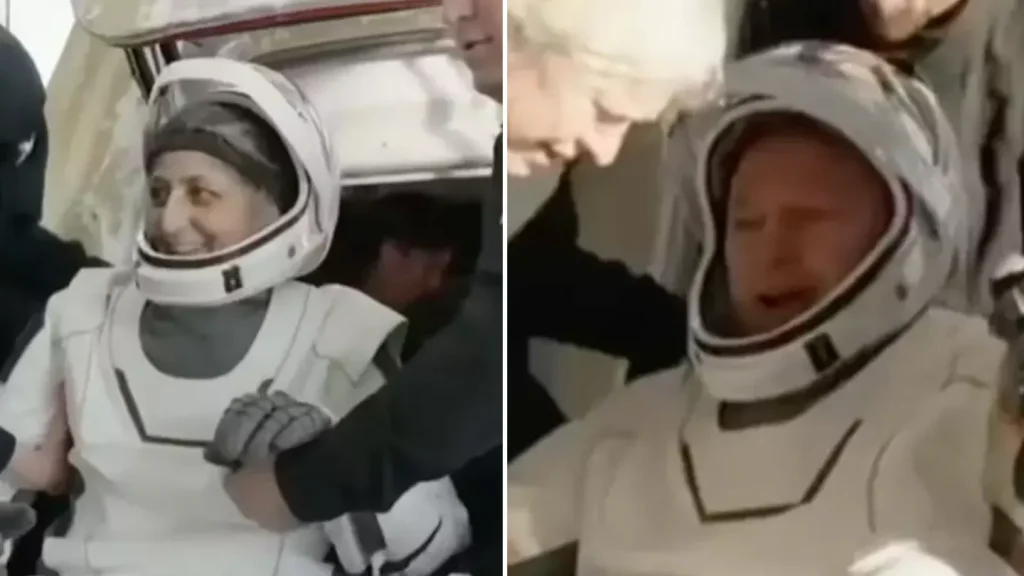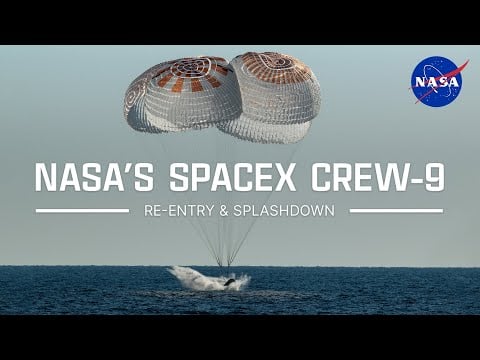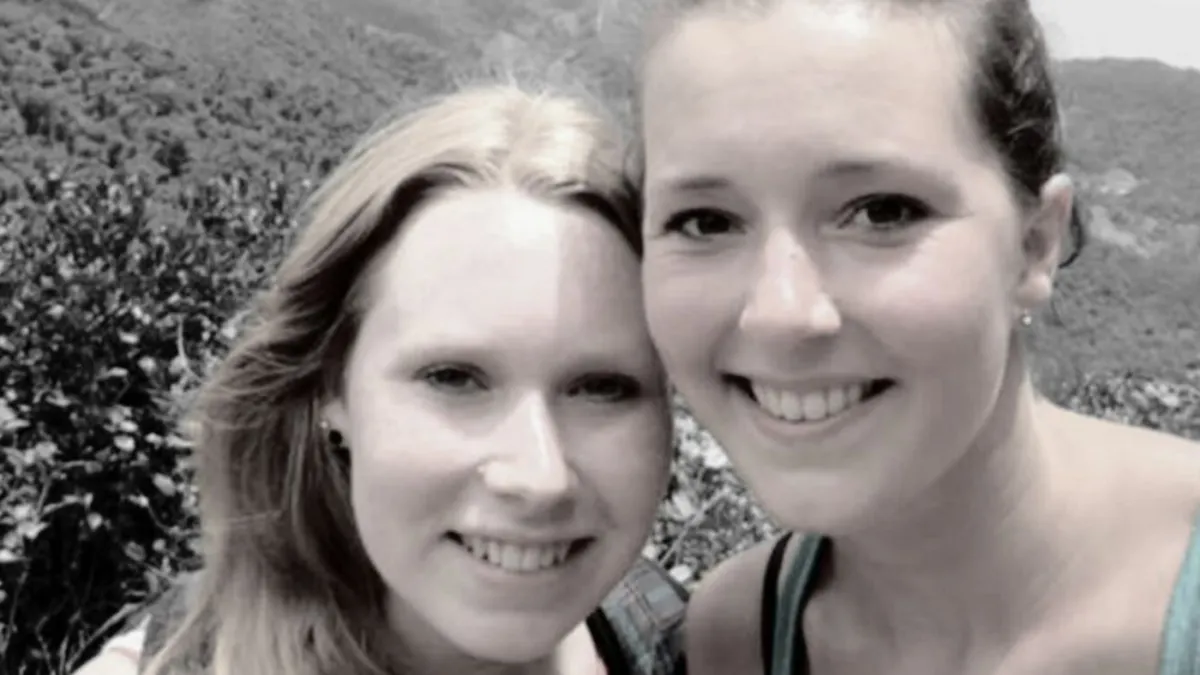NASA astronauts spent an unexpected long period aboard the International Space Station (ISS) as the world paid keen attention to their situation for months.
The supposed routine expedition became an extended dangerous period that increased questions about space missions for the future.
NASA astronauts Sunita “Suni” Williams and Barry “Butch” Wilmore embarked on what was originally scheduled as an eight-day mission in June 2024.
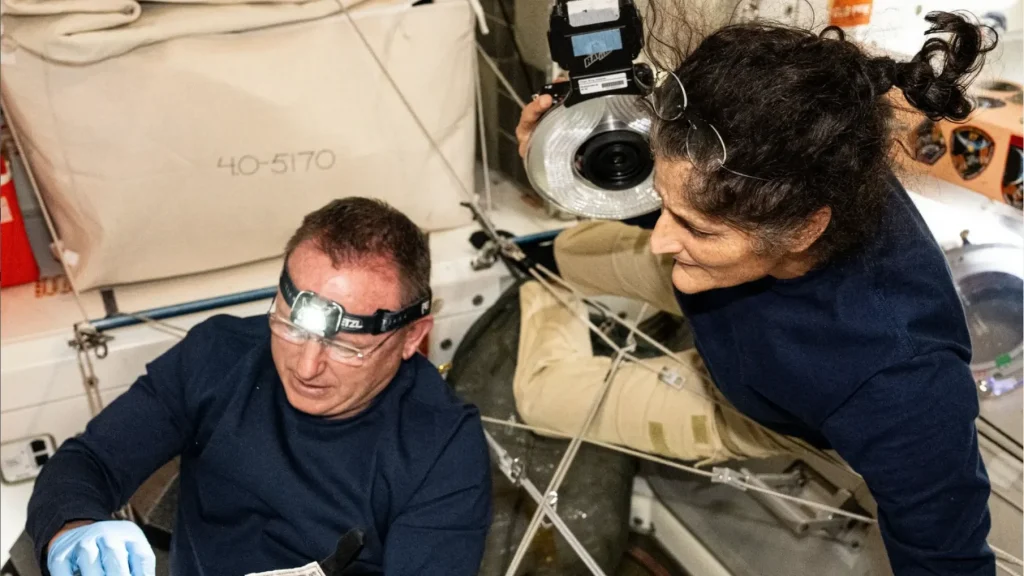
Their mission faced a critical setback because Boeing Starliner experienced helicopter leaks and propulsion system breakdowns that rendered the spacecraft unsafe for reentry.
NASA kept the ISS astronauts on board as a matter of safety until they found proper repatriation procedures which thus transformed their mission into an extended stay.
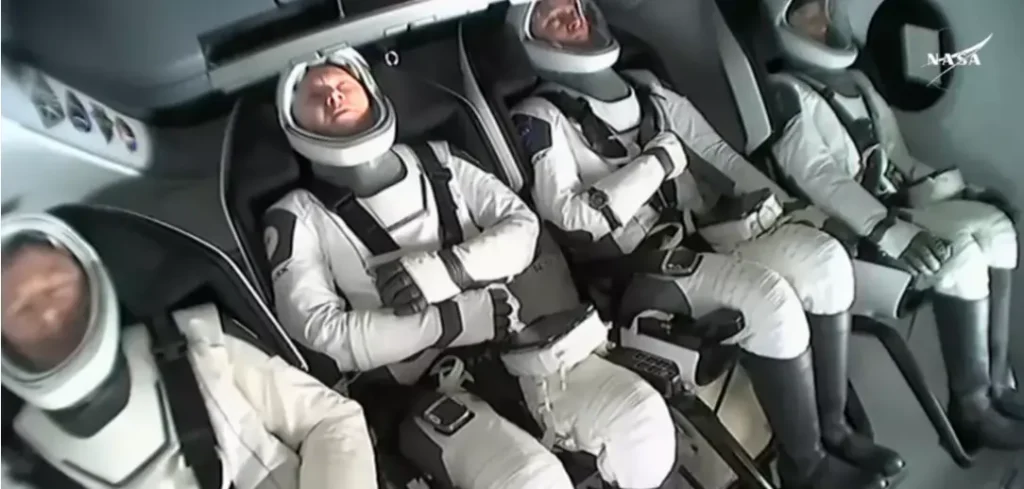
During this extended stay Williams and Wilmore became fully involved in ISS operational tasks which included scientific work and maintenance duties together with spacewalk functions.
Thanks to her extensive experience in spacewalking Williams gave herself yet another record-breaking achievement which secured her position as one of NASA’s most skilled astronauts.
The astronauts kept their spirits high during the extended stay while_generator their families through regular contact and acknowledged significant events that happened on board the International Space Station.
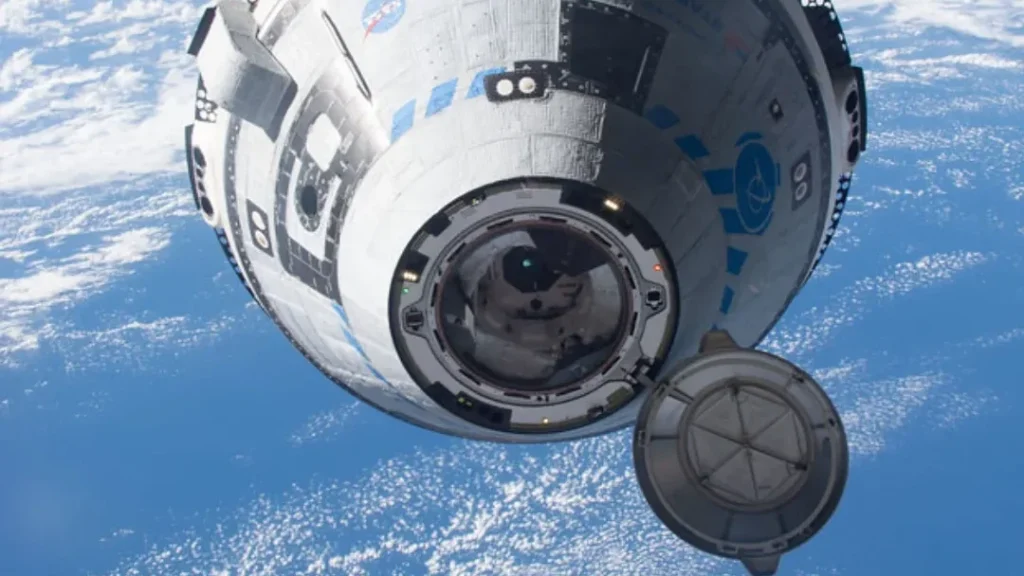
NASA continued to value their presence during the stranded mission because they participated actively in vital space exploration experiments.
Boeing Starliner proved unable for NASA to use as a way home so partners selected SpaceX Crew Dragon as their new option for return.
The endorsement emphasized multi-company spacesuit capabilities because future missions need backup plans during emergencies.
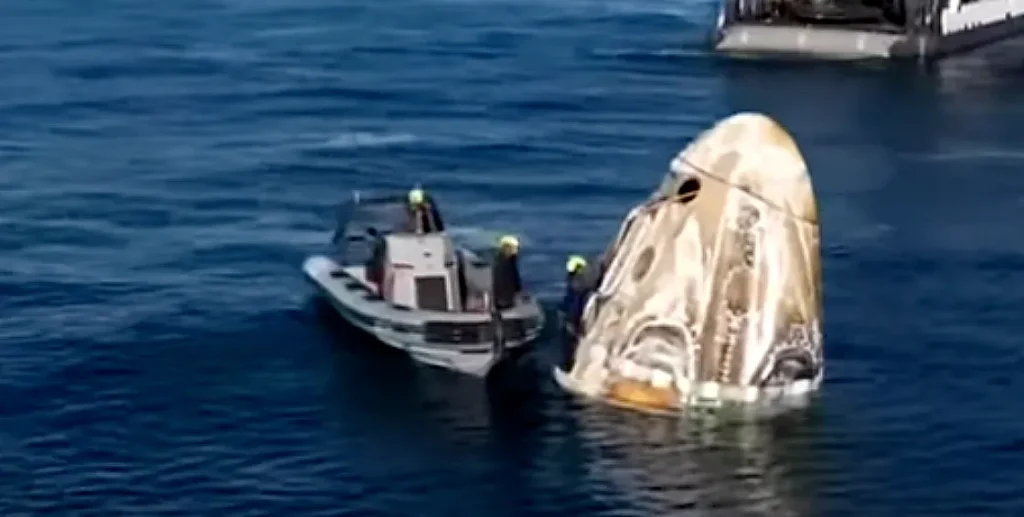
SpaceX Crew-10 carried out the initial step of the return process by docking at the International Space Station to remove Williams and Wilmore for the following preparations aimed at their eventual homecoming.
NASA conducted the astronauts’ return operation on March 18th 2025 which had been anticipated by everyone.
The SpaceX Crew Dragon capsule performed its undocking from the ISS during ET hour 6 p.m. while transporting astronauts Williams and Wilmore and Nick Hague and Russian cosmonaut Aleksandr Gorbunov.
A descending trajectory calculated by computers allowed the capsule to survive high re-entry temperatures that were necessary for its parachute deployment over Gulf of Mexico waters.
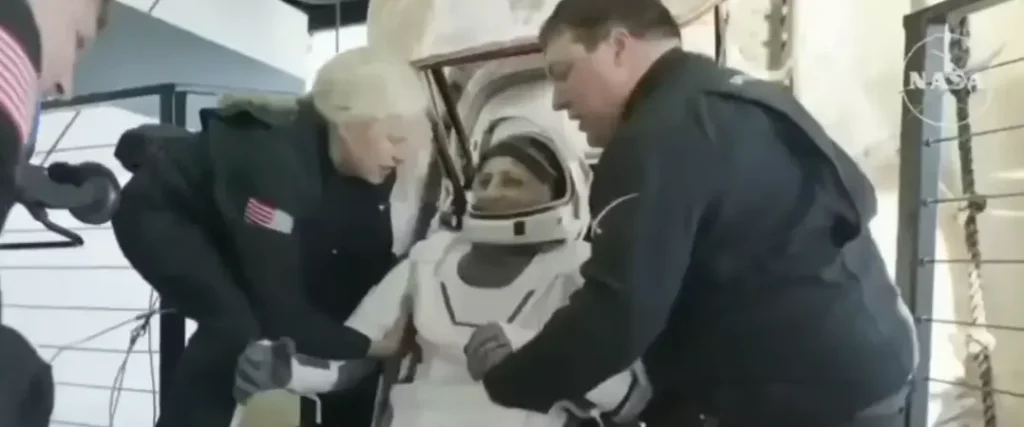
People around the world anxiously watched as the spacecraft flew toward the Florida coast near Tallahassee after astronauts had spent a total of 300 days in space.
The Crew Dragon executed an exact splashdown before local rescue personnel arrived to secure the spacecraft for retrieving the astronauts.
The historical live broadcast from NASA showed the returning astronauts who came out of their capsule appearing both strong and content after their lengthy spaceflight.
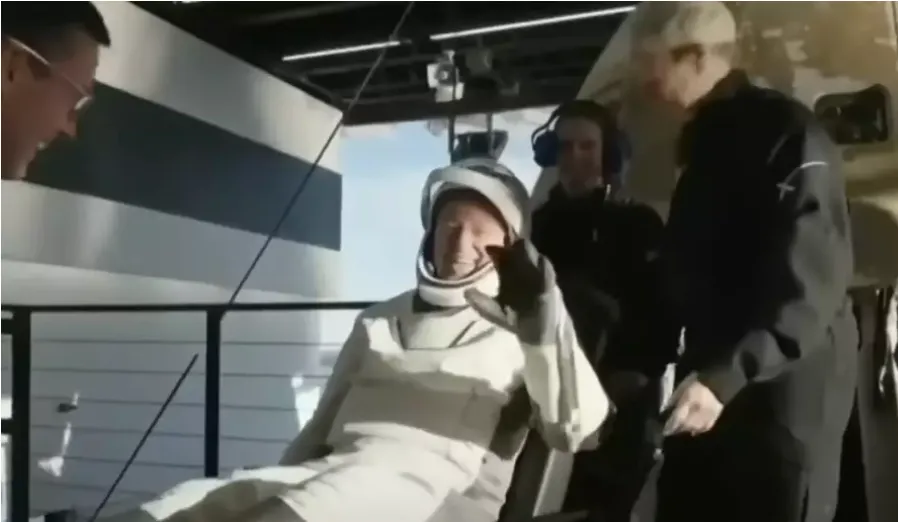
Doctors waited near the spacecraft to check their health status before NASA transported them by helicopter to NASA’s Johnson Space Center at Houston for assessment and rehabilitation treatment.
The successful return of Williams and Wilmore represents a great achievement for human space exploration that demonstrates both astronaut endurance alongside essential backup systems during space missions.
The mission created valuable knowledge for future space exploration by producing better preparations for extended missions to which astronauts will now be ready.
NASA’s officials commended the astronauts for their excellent patience and flexibility since these experiences will drive the development of safer next-generation spacecraft.
Feature Image Credit: (NASA)

